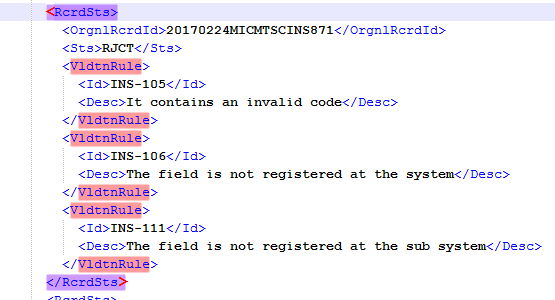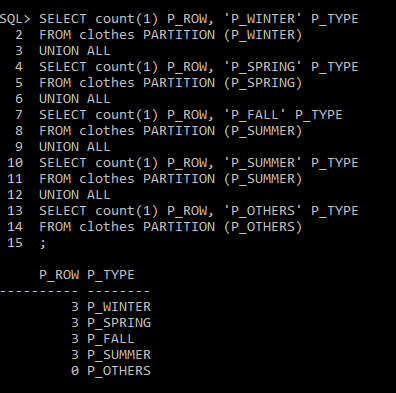Ora-19025
When you work with xml file you should be solve the scenery that have an node with its properly sub node. In our case the following nodes () ; () . It is quite delicate find exactly approach that gives to you the requirement expected. The problems that I have got they were two different: – Duplicate row – ORA-19025 EXTRACTVALUE returns value of only one node or ORA-19279: XPTY0004 – XQuery dynamic type mismatch: expected singleton sequence – got multi-item sequence The following image shows the scenery described: Duplicate row means the query extract the values that are not...






